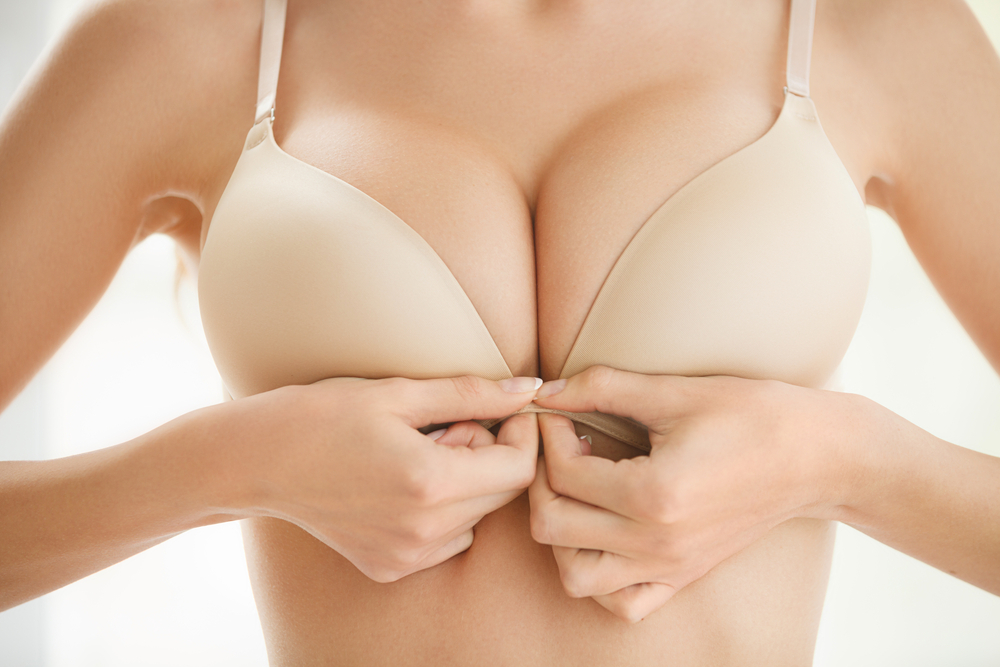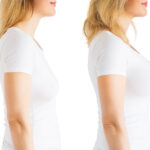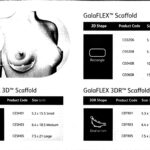Why Do Women Want Breast Enlargement? A Scientific and Psychological Perspective
Introduction
Breast enlargement is one of the most common cosmetic procedures worldwide. From breast implants to fat transfer augmentation, many women choose to enhance their breast size for various reasons. But what drives this decision? Is it purely cosmetic, or are there deeper biological, psychological, and societal factors at play?
In this article, we explore the scientific, psychological, and cultural reasons behind the desire for breast enlargement, backed by research and expert insights.
- The Psychological and Emotional Factors
1.1. Body Image and Self-Esteem
Many women seek breast enlargement to improve their body image and self-confidence. Studies show that breast size dissatisfaction is linked to lower self-esteem and body dissatisfaction (Swami et al., 2012). Women who perceive their breasts as too small or asymmetrical often experience anxiety and lower confidence in social and intimate settings.
A study published in Body Image found that women who undergo breast augmentation report significant improvements in self-esteem and body satisfaction post-surgery (Didie & Sarwer, 2003).
1.2. Psychological Impact of Social Media and Beauty Standards
The rise of social media and celebrity culture has intensified beauty ideals. Platforms like Instagram and TikTok often showcase curvaceous body types, influencing women’s perceptions of attractiveness (Perloff, 2014).
Studies have shown that exposure to idealized body images on social media correlates with an increased desire for cosmetic surgery, including breast augmentation (Brown & Slaughter, 2020).
1.3. The “Hourglass Figure” Ideal
Research suggests that breast size plays a role in perceived femininity and attractiveness. Larger breasts, in combination with a smaller waist-to-hip ratio, are often associated with fertility and youth, which may explain why women seek breast enlargement for aesthetic enhancement (Singh, 1993).
- Evolutionary and Biological Reasons
2.1. Breasts as a Symbol of Fertility and Reproductive Health
From an evolutionary psychology standpoint, breasts are considered secondary sexual characteristics that signal reproductive fitness. Evolutionary biologists propose that larger breasts might serve as a visual cue of oestrogen levels and overall fertility (Jasienska et al., 2004).
Men’s preference for fuller breasts in some cultures may stem from subconscious evolutionary factors, reinforcing the idea that women with larger breasts might be perceived as more reproductively fit (Dixson et al., 2011).
2.2. Influence of Hormonal and Genetic Factors
Breast size is largely determined by genetics and hormone levels. Some women may feel dissatisfied with their natural breast size due to hormonal imbalances during puberty, pregnancy, or menopause (Katch et al., 2002).
For women with naturally smaller breasts, breast augmentation can be a way to align their physical appearance with their desired body image.
- The Role of Cultural and Social Influences
3.1. Media Influence and Beauty Trends
The ideal breast size and shape have varied across history and cultures:
- 1950s: Hollywood icons like Marilyn Monroe popularized the full-bust hourglass figure.
- 1990s–2000s: The slim and athletic look gained popularity, with models like Kate Moss promoting a different beauty standard.
- Today: The preference for curvaceous body types, seen in celebrities like Kim Kardashian and Kylie Jenner, has increased demand for breast augmentation.
Studies confirm that women exposed to Western beauty standards are more likely to consider cosmetic surgery, including breast enlargement (Frederick et al., 2007).
3.2. Social and Professional Advantages
Some women believe that having larger breasts may lead to greater social or professional advantages. Studies suggest that women with larger breasts are perceived as more attractive and even more confident (Tantleff-Dunn et al., 2001).
In some industries, particularly entertainment and modelling, breast augmentation may be viewed as an investment in career success.
- Medical and Reconstructive Reasons for Breast Enlargement
4.1. Breast Asymmetry and Developmental Conditions
Some women experience breast asymmetry due to conditions like Poland Syndrome or tuberous breast deformity, where one breast is significantly smaller or underdeveloped (Blomqvist & Arver, 2014). Breast augmentation can help correct these asymmetries, improving body balance and self-esteem.
4.2. Post-Pregnancy and Post-Weight Loss Changes
Pregnancy and breastfeeding can lead to breast volume loss and sagging, prompting some women to seek breast augmentation or lifts to restore their pre-pregnancy figure (Rohrich et al., 2004).
Similarly, massive weight loss can lead to breast deflation, leading many women to opt for augmentation to regain volume and firmness.
4.3. Breast Reconstruction After Mastectomy
For breast cancer survivors, breast reconstruction is a common medical reason for enlargement. Studies show that women who undergo post-mastectomy breast reconstruction report improved psychological well-being and quality of life (McCarthy et al., 2010).
- Risks and Ethical Considerations of Breast Enlargement
5.1. Surgical Risks and Complications
While breast augmentation is generally safe, it carries risks such as:
- Capsular contracture (scar tissue hardening around implants)
- Implant rupture or leakage
- Infection and scarring
Long-term studies show that breast implants may require revision surgery over time, with an average lifespan of 10–15 years (Jewell et al., 2018).
5.2. The Psychological Impact of Unrealistic Expectations
Not all women who undergo breast augmentation achieve increased happiness. Research suggests that women with pre-existing body dysmorphic disorder (BDD) may not experience long-term satisfaction after surgery (Sarwer et al., 1998).
Plastic surgeons often recommend psychological screenings to ensure that candidates have realistic expectations before undergoing the procedure.
- Conclusion
The desire for breast enlargement is influenced by psychological, cultural, biological, and medical factors. While many women seek augmentation to enhance confidence and body image, others pursue it for reconstructive or medical reasons.
As societal beauty standards continue to evolve, discussions around body positivity and self-acceptance are reshaping perspectives on cosmetic surgery. The key to a successful breast augmentation journey lies in informed decision-making, realistic expectations, and prioritizing personal well-being over external influences.
References
- Blomqvist, L., & Arver, S. (2014). Poland Syndrome and Breast Asymmetry: Psychological Impact and Treatment Options. Aesthetic Surgery Journal, 34(5), 687-695.
- Brown, A., & Slaughter, V. (2020). The Impact of Social Media on Body Image and Cosmetic Surgery Intentions. Journal of Cosmetic Dermatology, 19(5), 1234-1242.
- Didie, E. R., & Sarwer, D. B. (2003). Body Image in Cosmetic Surgery Patients. Body Image, 1(1), 71-81.
- Dixson, B. J., et al. (2011). Men’s Preferences for Women’s Breast Size and Shape in Different Cultures. Archives of Sexual Behavior, 40(6), 1231-1239.
- Frederick, D. A., et al. (2007). The Role of Breast Size in Women’s Body Image and Self-Esteem. Evolution and Human Behavior, 28(3), 193-203.
- Singh, D. (1993). Adaptive significance of female physical attractiveness: Role of waist-to-hip ratio. Journal of Personality and Social Psychology, 65(2), 293.










